How To Clean An N64 Cartridge
The Nintendo 64, released in 1996, was the last home video game console to apply cartridges until Nintendo brought them back in 2017 for the Switch. That may not be all that surprising, but the reasons behind the switch from cartridges to CDs are many and important.
The rise of PlayStation and Nintendo losing their place at the pinnacle of the food chain with the Nintendo 64 left a huge mark on the industry. And a lot of that has to practise with Nintendo's cartridge system. But at that place are a lot more wild facts virtually Nintendo's and then-called "Game Pak" system than that.
10/10 Cartridges Are More Expensive than CDs
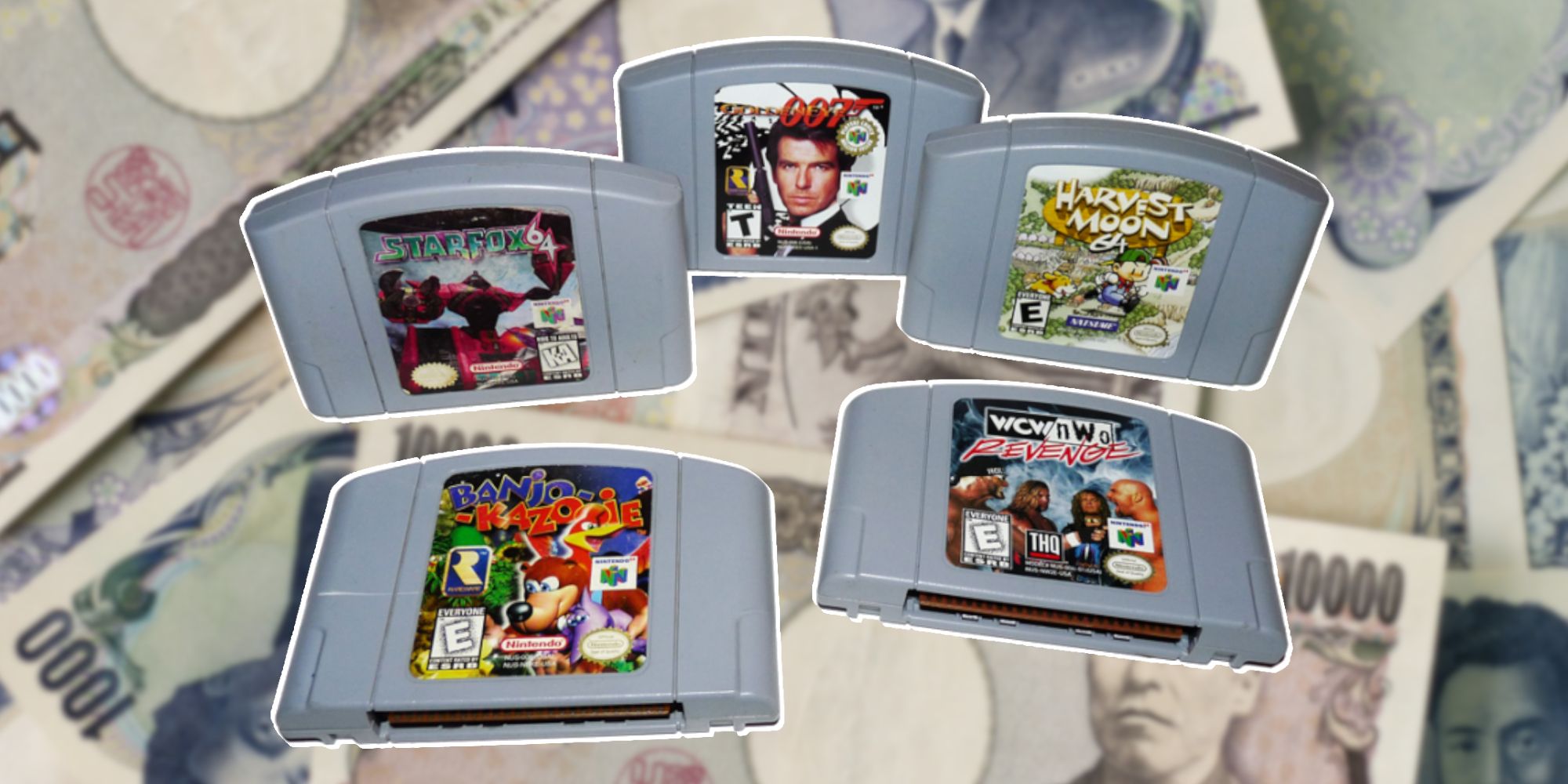
Because a CD is just a piece of plastic with data essentially printed on it (and are a lot smaller than cartridges), they're cheap to mass-produce. In contrast, Nintendo'due south cartridges were expensive. Each cartridge required a gear up of chips, a breadboard to put those chips on, wires, pins, a bulky plastic housing, and a printed label.
How much more than expensive were they? A 1996 edition of Next Generation Magazine reported that PS1 CDs cost merely $1 each, whereas Nintendo 64's cartridges price $30. This cost was passed on to the consumer, which explains why Nintendo 64 versions of multi-platform games were ever more than expensive.
9/ten Cartridges Are Faster, Though
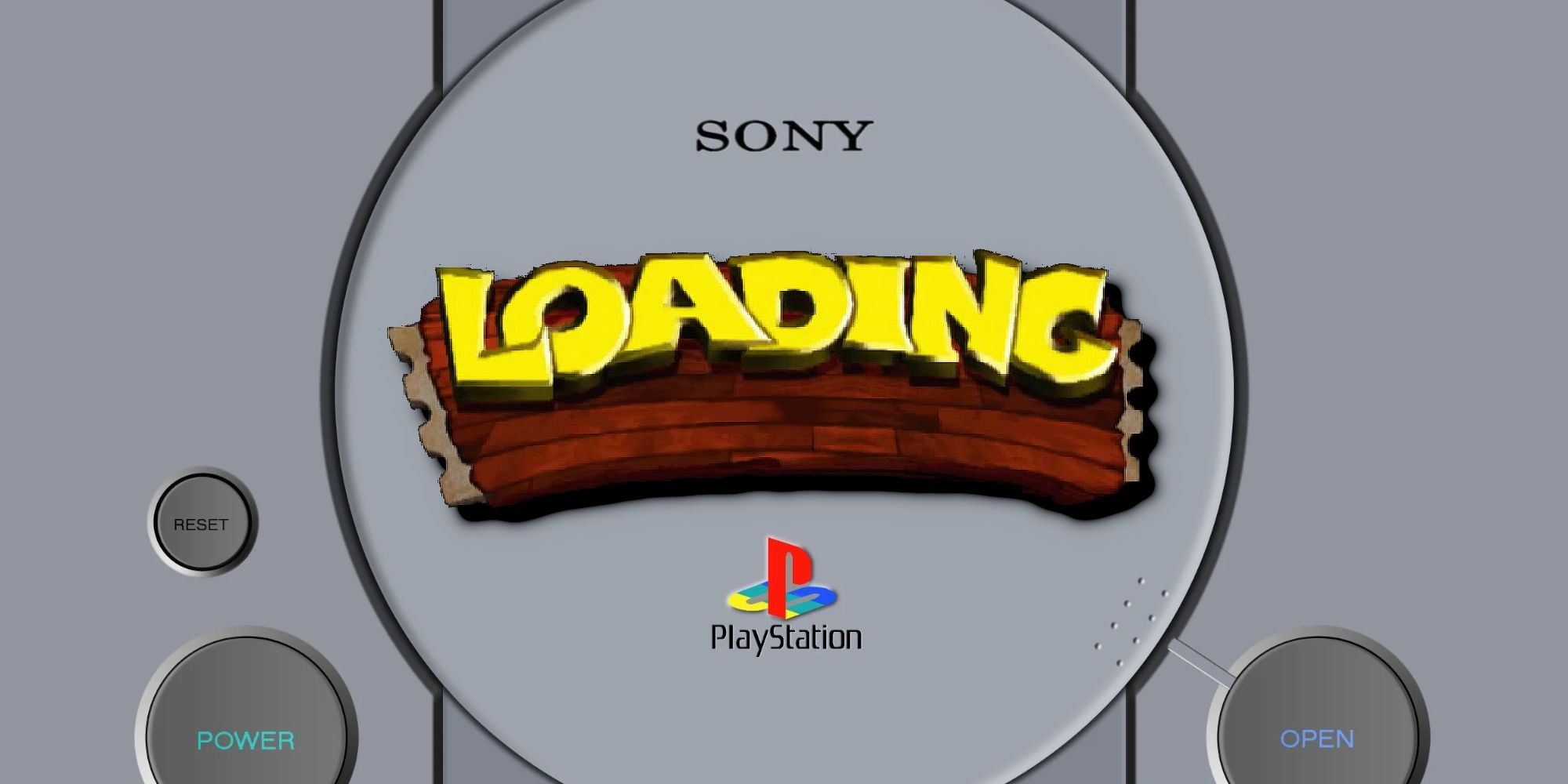
The biggest advantage cartridges have over CDs, and why Nintendo went with them over discs, is that they read information significantly faster. The original PlayStation had a 2x bulldoze that read data at 300 kilobytes per second. Carts have the power to read data instantaneously, meaning load times are minimal, sometimes even non-existent.
In 1996, leading upwards to the Nintendo 64's launch, Nintendo president Hiroshi Yamauchi reaffirmed Nintendo'southward delivery's to the cartridge, telling Billboard Magazine: "Many of you experience that CD-ROM is the telephone call of the day, simply expect at the latest buzzword in the computer world — plug-and-play — which is goose egg merely [Nintendo] civilisation. Having no loading time is a great reward."
8/10 Their Depression Information Storage Inverse How Games Were Fabricated
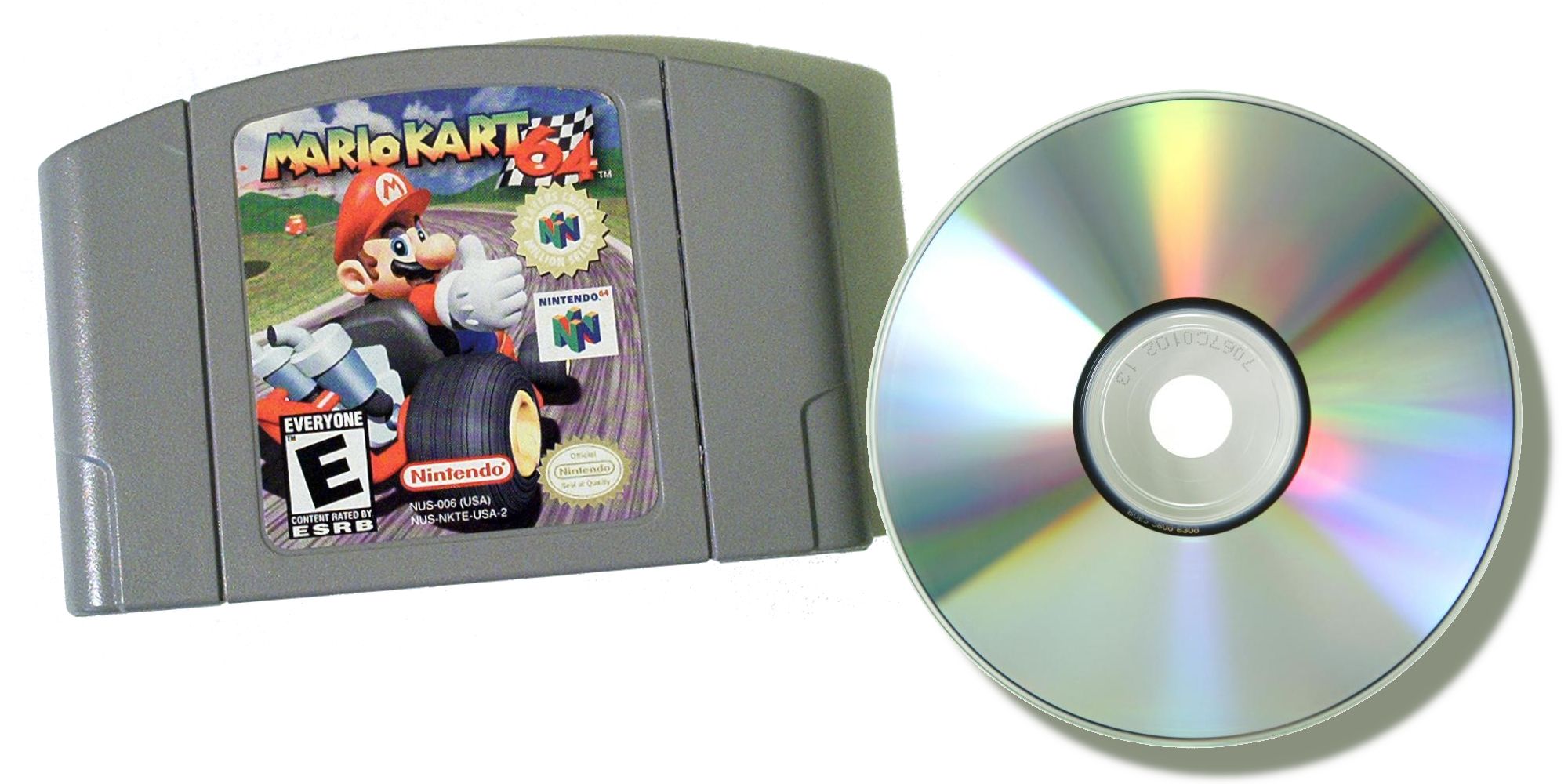
While game carts may load games faster than CDs, they offer at least one massive disadvantage: they cannot hold almost equally much data. Nintendo 64's Game Paks held simply one-tenth of the data a PS1 CD could concord. This means that while using multiple Game Paks could theoretically exist an option, it would take so many of them to match the content of a CD it'd exist prohibitively expensive, to say nix of concrete storage limitations.
As a result, games made for PS1 and PC that used CDs and DVDs had to be redesigned – sometimes dramatically – to work on the Nintendo 64. Voice acting and other sound effects would be removed, CG cutscenes replaced with in-game models and static images, and sometimes even whole levels would exist removed from games.
seven/10 They Ruined Nintendo'southward Relationship with Square
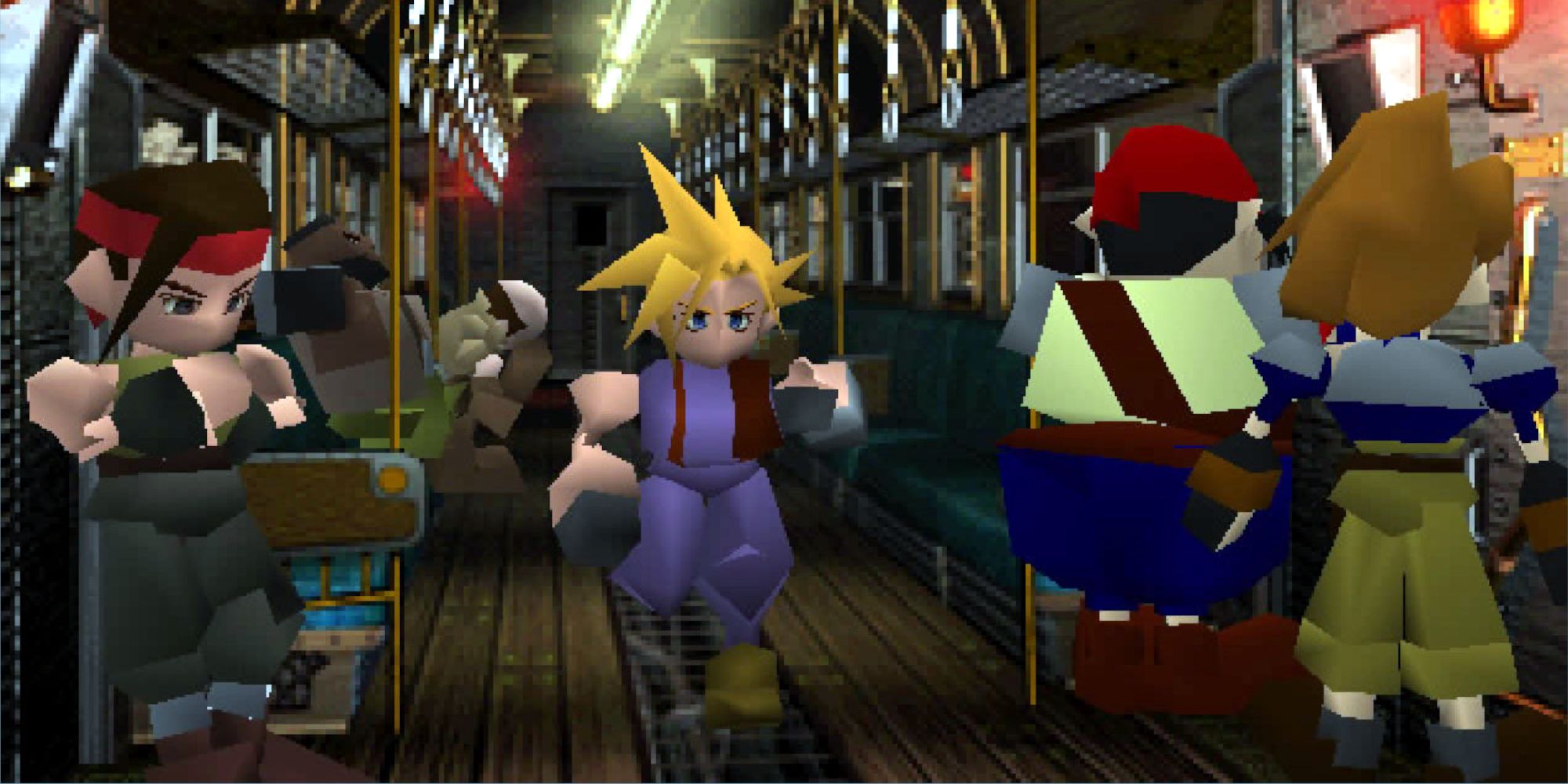
Square Soft (today known as Foursquare Enix) infamously hated the thought of Nintendo sticking with cartridges. They didn't like the size limitations or the toll to manufacture the Game Paks. Citing these drawbacks, Square began making games exclusively for the Sony PlayStation.
Years later on, Square Vice President and Final Fantasy seven Producer Hironobu Sakaguchi talked about the company's decision to jump send. "If you wanted to brand a 3D activeness game on a Nintendo 64 cartridge with that express space, you could do it. But I wanted to create a 3D role-playing game. It was very clear in my head what I wanted to make, simply that would have been difficult on Nintendo's hardware. [...] Based on our calculations there was no way it could all fit on a ROM cartridge."
6/10 Stop 'due north' Swop Never Started
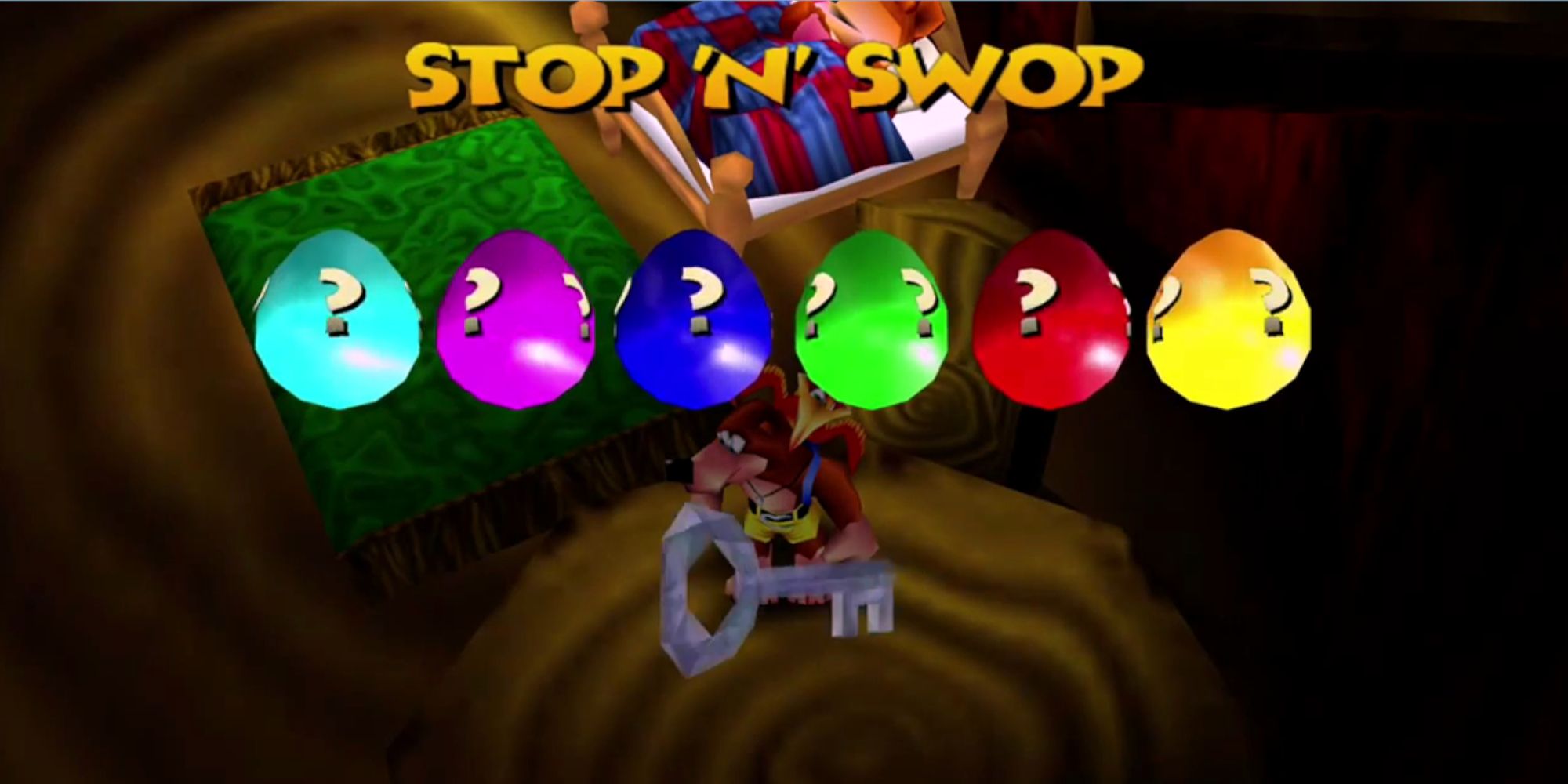
Cease 'due north' Swop was a unique idea past Banjo-Kazooie programmer Rare that would just exist possible thank you to the Game Pak. To summarize, the Nintendo 64 loads data from the cart into internal RAM and stores it for 10 seconds. Players who owned both Banjo-Kazooie and Banjo-Tooie would be able to load up the kickoff game, quickly pull out the cart, and put in the sequel to get hugger-mugger items.
The system was never implemented for several reasons. Nintendo feared players would damage their cartridges, or the system itself, trying to quickly pull out the game and put in a new ane. Information technology was likewise unreliable and required an original model Nintendo 64 to piece of work at all.
v/10 Apocryphal Carts Are Rampant Today
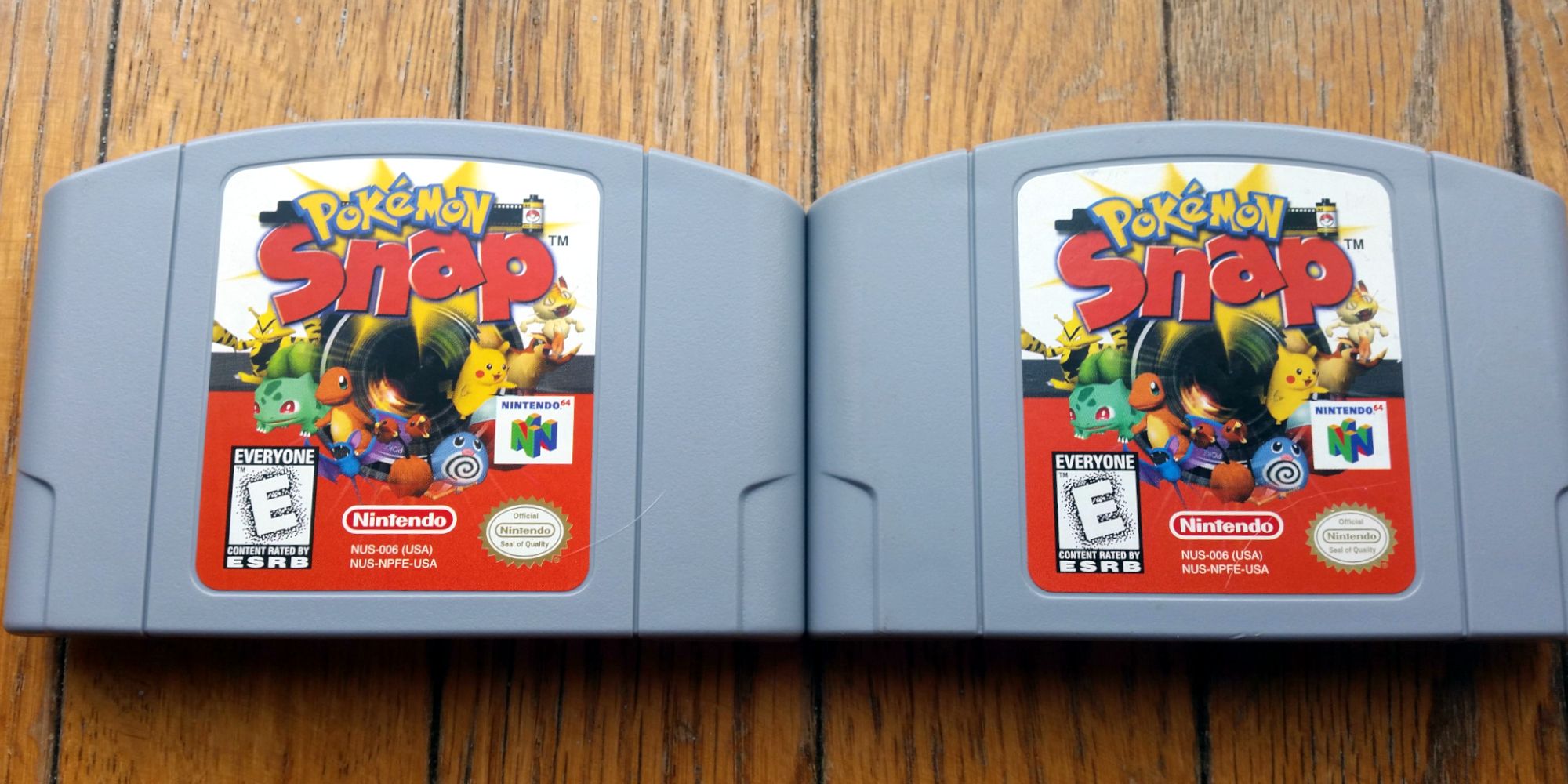
One advantage cartridges had over CDs was that they were harder for pirates to scissure. Anyone could theoretically copy a CD and produce a bunch to laissez passer around. Simply cartridges required special equipment to read, copy, and reproduce. While this stopped pirates dorsum then, these days, Nintendo 64 piracy has go a major problem for retro collectors.
Fake Nintendo 64 Game Paks are flooding the market. Sometimes a simulated is like shooting fish in a barrel to spot, obvious flaws in a counterfeit cartridge'southward molding or sticker beingness dead giveaways. But sometimes a faux is then good it tin can fool even the most dice-hard collector.
four/10 Nintendo Sold Their Own Simulated Cartridges For Cleaning
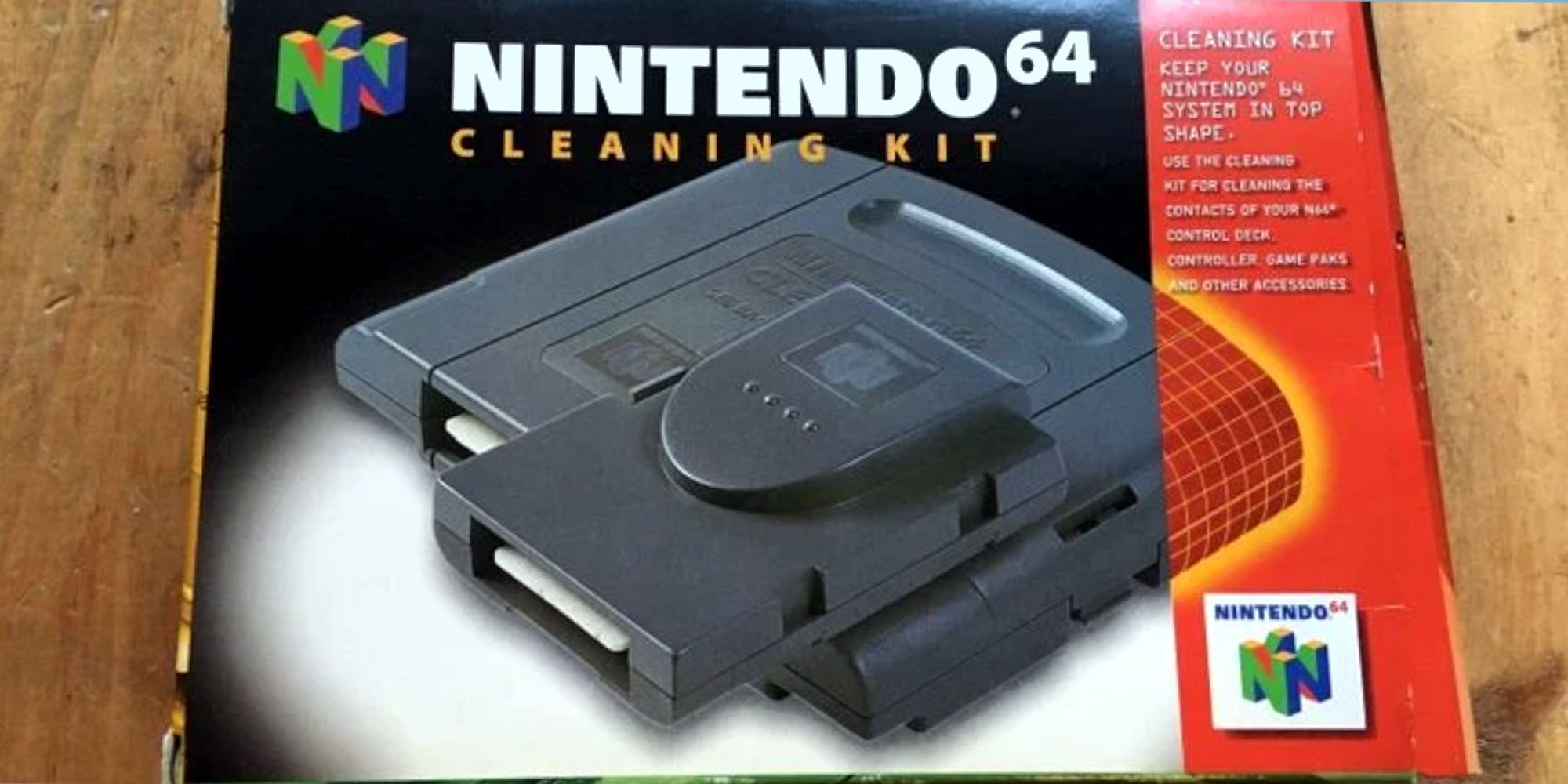
Tired of blowing into the cartridge slot of your panel? Well, for only $l you lot tin can go yourself an official Nintendo 64 Cleaning Kit. This is basically simply a simulated cartridge with a safe bar where the metallic contacts would normally be, and it's designed to clean the contacts of your console.
You but plug the fake cartridge in, accept it out, maybe echo once or twice, and y'all're skillful to get! That's correct, Nintendo sold a false Game Pak for simply cleaning the cartridge slot – something y'all can practise for free with just a cotton swab and some isopropyl alcohol. Relieve the coin and become some other controller instead.
3/10 Wink Carts Are At present Freely Available
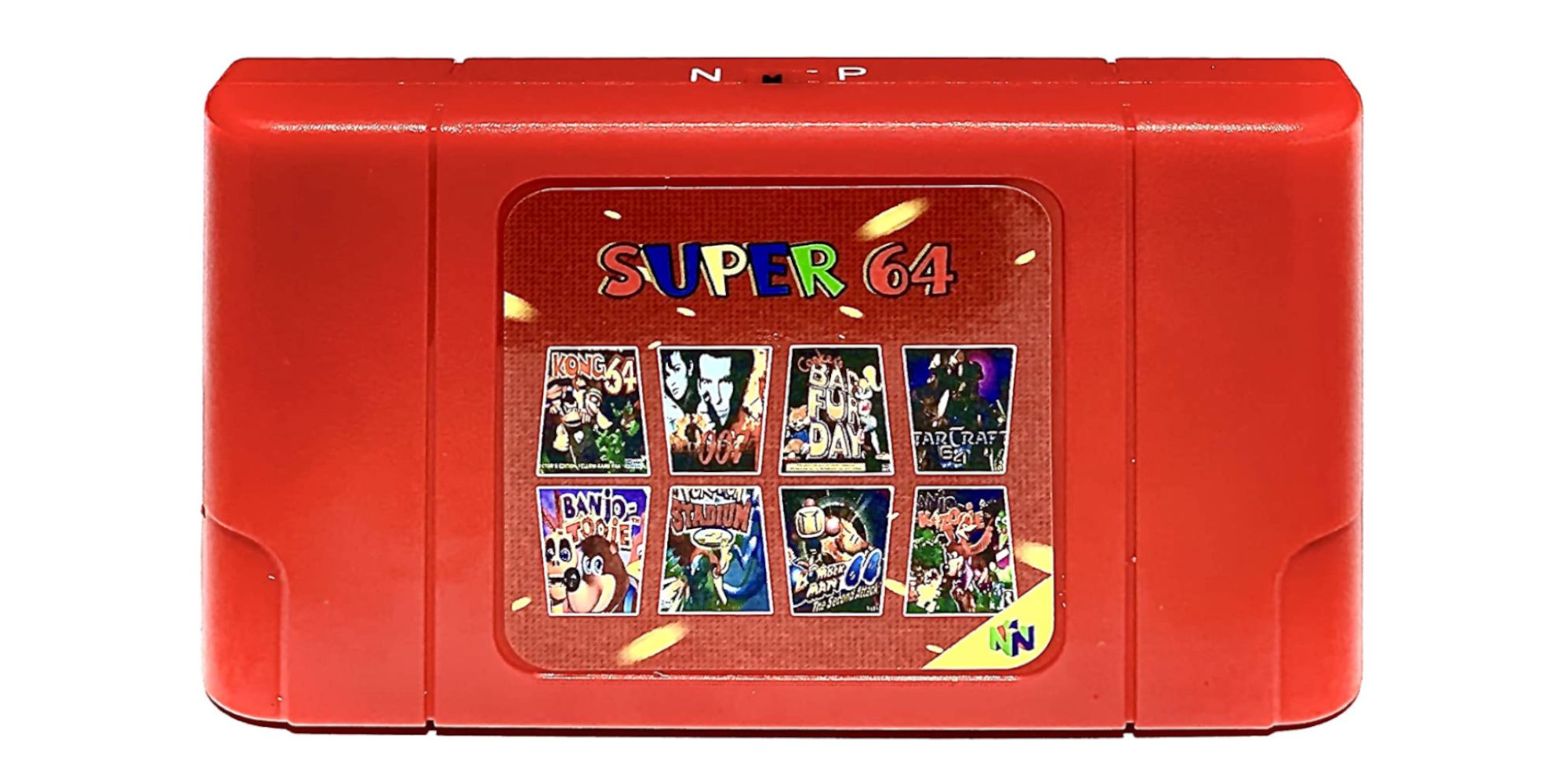
While counterfeit carts are rampant, information technology does mean that wink cartridges are freely bachelor. These legally dubious products contain dozens or even hundreds of games on a single Game Pak. The trick is, the data isn't stored on the cartridge itself, only an SD or micro SD card held in a Nintendo 64 cartridge housing.
Many collectors see this as a great eye-ground between emulation and original hardware. It saves money from collecting now expensive games, simply it also allows you to play on the original console, with the original controller.
2/ten Broad Male child Let You Play Game Boy Games
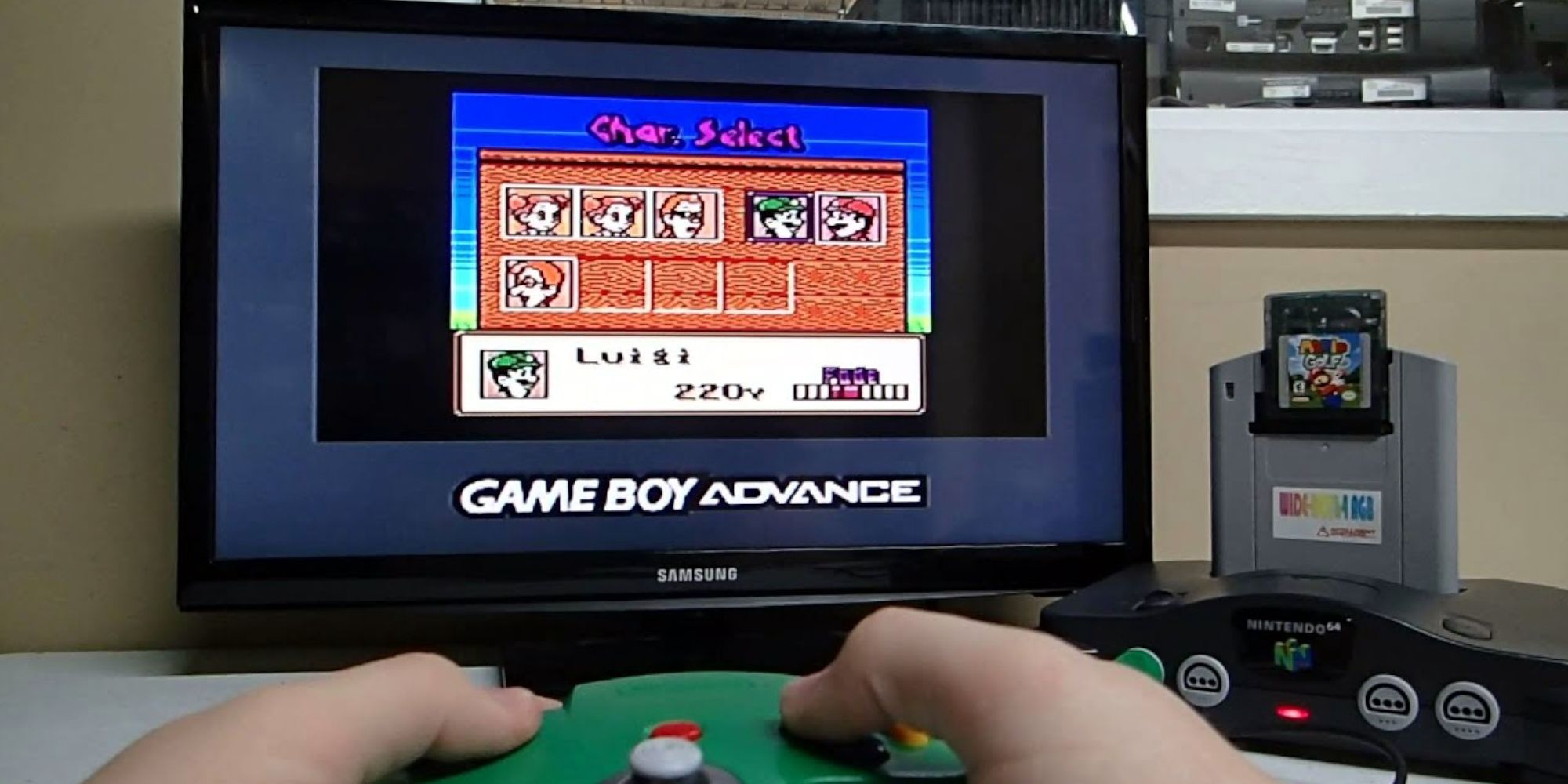
Nintendo has a long history of releasing peripherals that allowed you to play Game Boy games on your Boob tube using ane of their game consoles. While such a production was never publicly released for the Nintendo 64, information technology did exist for developers and game retailers.
Nintendo's internal programmer, Intelligent Systems, created the Wide Boy 64 to play Game Boy and Game Male child Color games using a Nintendo 64. It was basically a giant Game Pak that yous plugged into the Nintendo 64 cartridge port, which allowed you to plug in a Game Boy game on top. It was used mostly by retailers to demonstrate new Game Boy releases on a large screen or for game tournaments like the Pokémon League Summer Training Tour in 1999.
1/x Nintendo 64 Cartridges Are Bigger Than They Demand to Be
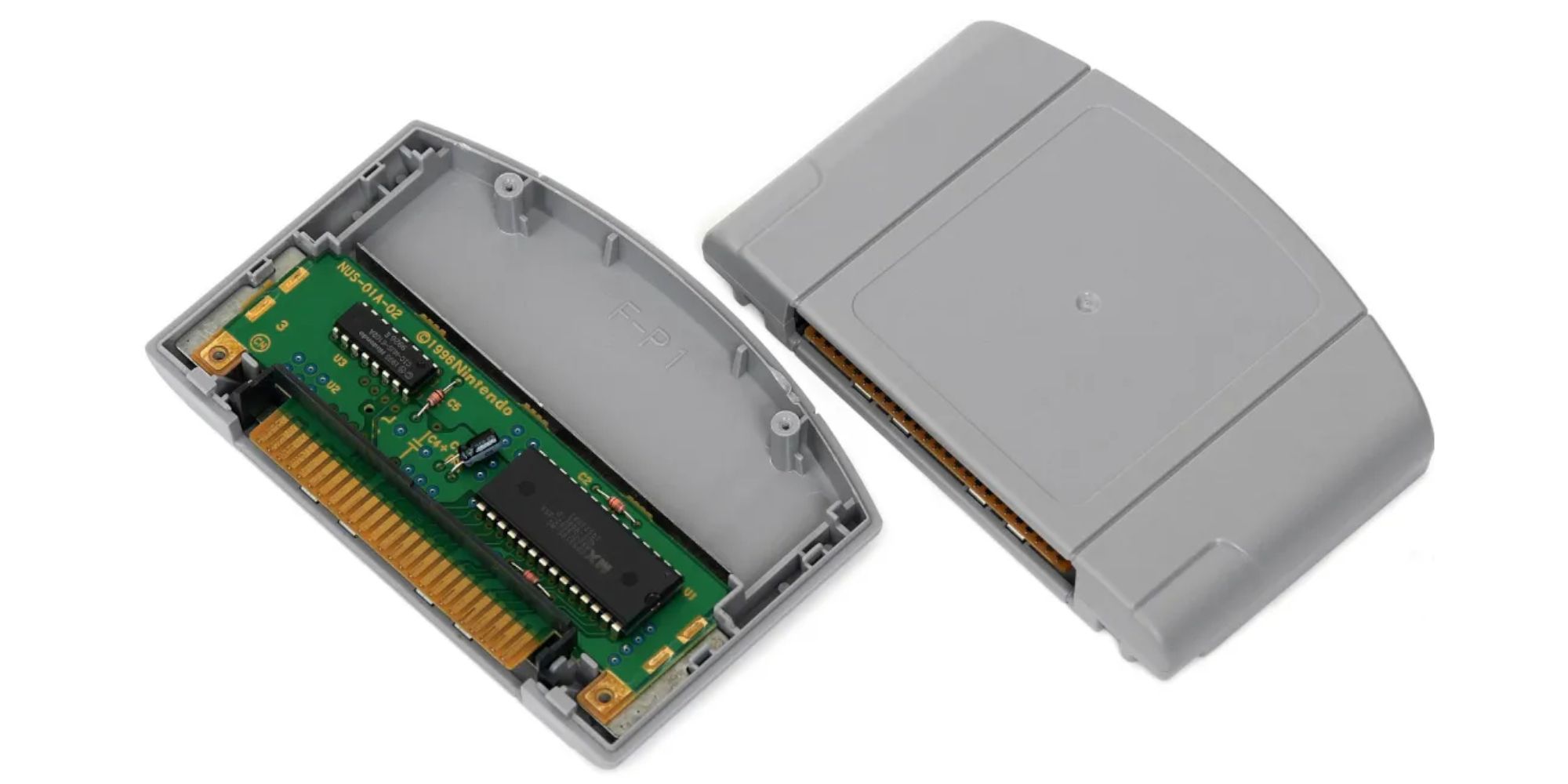
One of the strangest things near Game Paks is that they're far bigger than they need to exist. If you open up an N64 cart and take a peek inside, you'll run across all the components take upward only well-nigh half of the external shell. The rest is literally merely empty infinite.
The reason for this is likely that Nintendo wanted to give players plenty of room to grab the cart and pull it out of the console. The original NES didn't give players much room to pull the cart out from its baroque drawer-loading system, so Nintendo probable wanted to make certain that wouldn't exist a problem once again.
Source: https://www.thegamer.com/nintendo-n64-cartridges-trivia/

0 Response to "How To Clean An N64 Cartridge"
Post a Comment